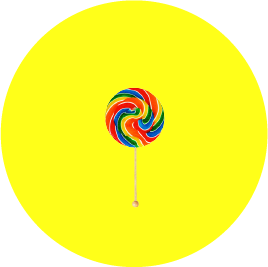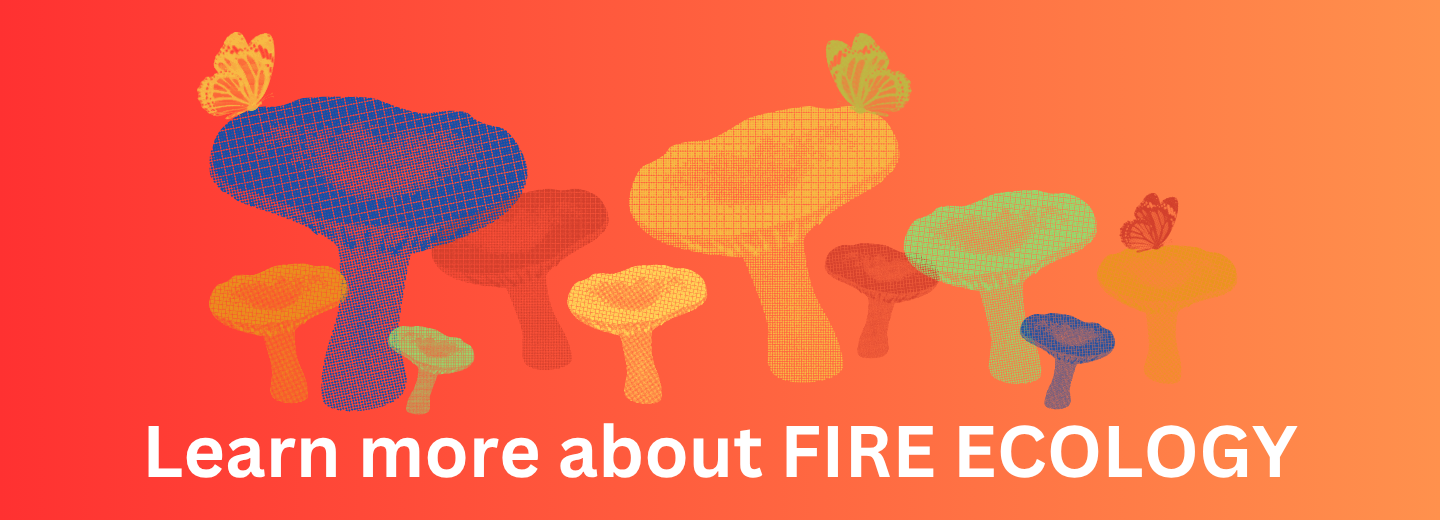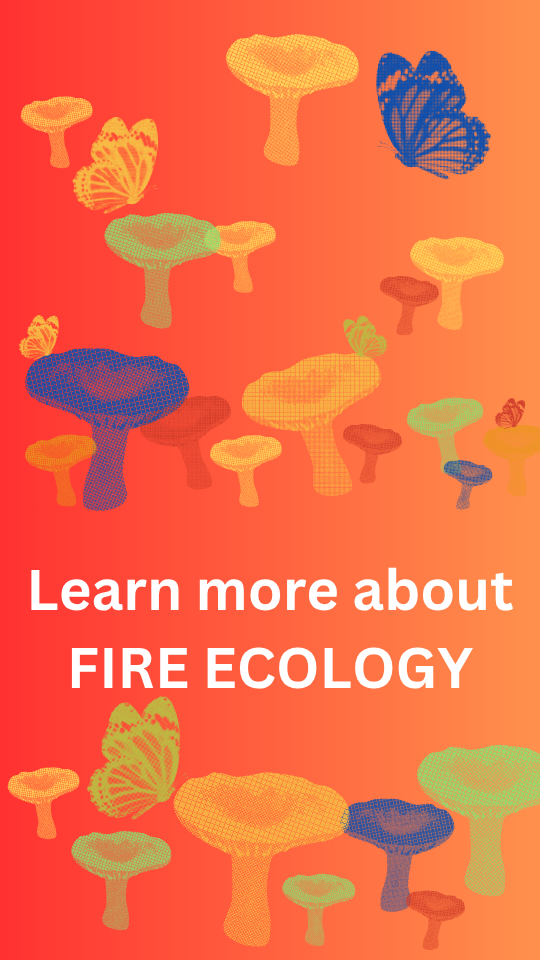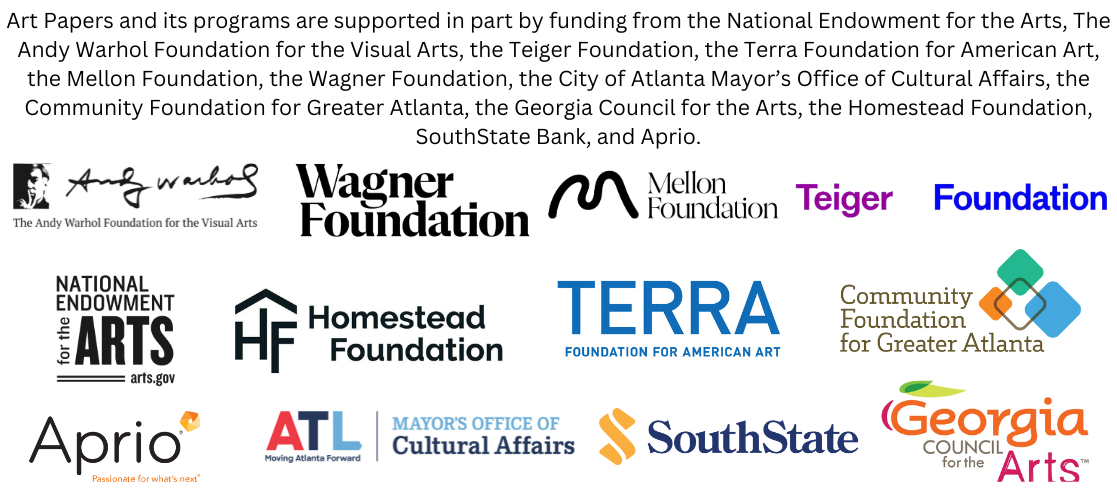Spot 1: HORROR AFTER HORROR
Resisting the Affective Economy of Genocide
Horror After Horror
Spot 2: ART WRITING + PUBLISHING SYMPOSIUM VIDEOS
National Art Writing & Publishing Symposium
Spot 3: Special 1990 Issue “On Criticism”
SPECIAL 1990 ISSUE ON CRITICISM
Criticism and Theory
The Role of Art Criticism in the Community
Seriousness and Difficulty in Criticism
Spot 4: ARTIST PROJECTS

Earth Studies
Despite the diminutive size of our bodies, the Earth, in all its grand scale and complexity, is managing to grow inside us.
Not The Only One (N’TOO)
Constitutionally Flawed
María Korol’s artist project traces the subtext of history and autobiography in her practice of layered obfuscation.
Daniel Rich: Energy Structures
WikiLeaks, Edward Snowden, instances of hacking, digital warfare, software glitches at Nasdaq, the role of social media in recent revolutions and wars in the Middle East, and the fragility of the systems on which we depend.
Spot 5: Of Myths and Monsters

Ruben Ulises Rodriguez Montoya: Devastated and Hopeful
Ruben Ulises Rodriguez Montoya is an art- and myth-maker whose work distorts the imaginary lines that exist on land between states. His chimeric “lil beings,” as he calls them, are reconfigurations of found, personal, and organic materials, which he animates with allegories of displacement, inspired by ancient Mesoamerican myth and folklore.
It Shall Not Be Named – Carlos Motta: Your Monsters, Our Idols
Cryptozoology: Out of Time Place Scale
Telling Stories About Ourselves: Zia Anger’s Radical Mythmaking
Spot 6: Food for Thought; Thought for Food

7-Eleven Glazed Honey Bun
Art and Food: Better Together?
Fanny Singer sheds historical light on contemporary art practices using food sourcing, making, and eating as platforms for social engagement.
Milk
Charting the historical, cultural, and scientific resonances of milk, the exhibition draws connections between protection and power. Across the works, milk closes the space between bodies. It destabilizes those things we typically consider natural, and it asks who gets to participate in the fantasy of motherhood.
The National Gingerbread House Competition™
Spot 7: FROM THE GLOSSARY

anal
Parasite
clarkston
Just outside Atlanta, one of America’s most diverse refugee destinations.







